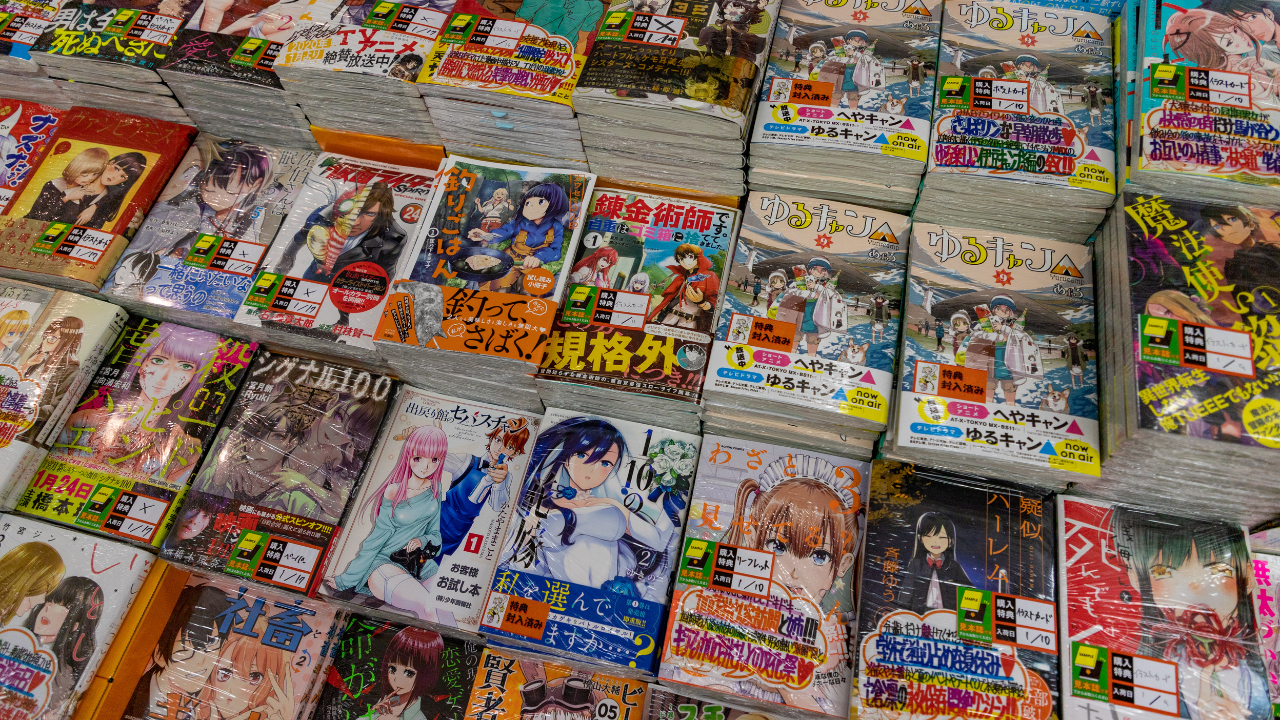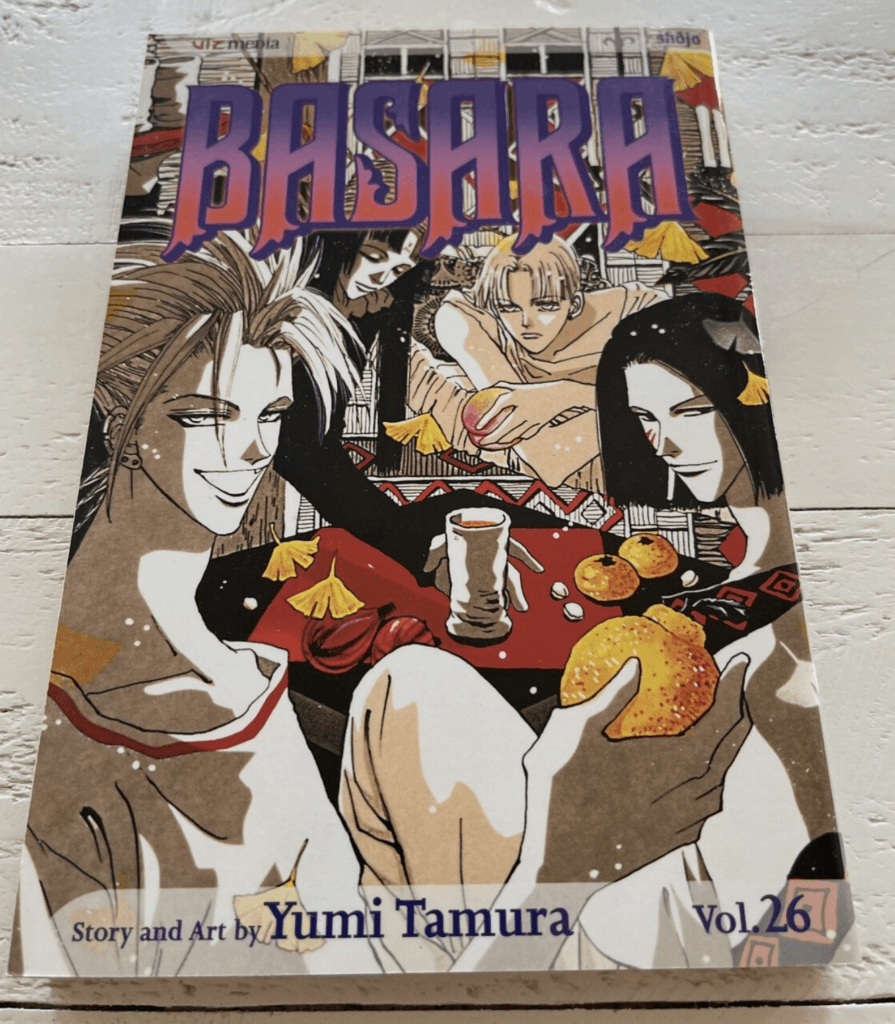You’re about to embark on an eye-opening journey into the captivating world of manga. But before we dive into the intricate details, let’s take a moment to appreciate the artistry and business acumen that goes into bringing these beloved stories from an artist’s imagination to your bookshelf.
From the creative minds of manga artists to the strategic decisions of publishers and distributors, there’s a whole universe behind each page you turn. We’ll explore the various stages of manga production and distribution, the financial and logistical aspects, and the unique market dynamics that make manga not just a form of entertainment, but a fascinating subject for collectors and enthusiasts alike.
Prepare to peek behind the curtain and discover the wonders of manga creation and circulation!
Manga Production: From Concept to Print

So, how is a manga born? It starts with a spark—a cool concept from a manga artist, who’s called a mangaka in the biz.
They sketch out this idea into a story that might just hook you.
But they’re not flying solo; they’ve got an editor or two pitching in, tweaking the story, spicing up the art. When a publisher gives the thumbs up, it’s go-time for the mangaka.
They get down to the nitty-gritty, churning out chapters for weekly or monthly manga mags.
If these chapters hit it off with readers, they get the VIP treatment and get bundled into what’s known as tankobon, or those manga volumes you see on shelves.
Publishers: The Decision Makers in Manga’s Journey
Publishers are the big guns in the manga world. They’re the ones betting on which manga makes the cut for the print run, and they’ve got an eye on what’s hot in those manga mags.
Once they’ve got the volumes hot off the press, it’s showtime for the distribution folks.
They’re like the Santa Clauses of manga, delivering the goods to bookstores, your favorite online spots, and even across the sea to international fans.
And let me tell you, having a slick distribution network is like having a backstage pass—it can shoot a manga straight up to the bestseller lists.
Understanding the Cost of Manga: A Breakdown
Let’s talk money—specifically, what it takes to pop out a manga volume. You’ve got your obvious stuff like paper and ink, which can yo-yo in price depending on how fancy the manga’s getup is.
Binding and some eye-catching cover art? Those need a craftsman’s touch. And we can’t forget the bread and butter for the mangaka and their team—that’s the royalties and wages.
Oh, and throwing the manga its own little red-carpet event with marketing? That’s gonna rack up the bill too.
So, the publishers have to juggle these costs like a circus act, aiming to keep the price tag friendly for you while making sure the mangaka can pay the bills.
Explore Our Selection of Easton Press Books for Sale
Why Manga Rarity Matters: Economics of Scarcity
You know how it feels when you’ve got your eye on something and poof—it’s gone? That’s the deal with manga sometimes. Publishers play the guessing game on how many copies to print.
If they guess low and a manga blows up in popularity, you’ve got a rare gem on your hands. And when manga fans catch wind of a limited run, it’s like a retail gold rush.
Those rare copies become the stuff of legend for collectors, and just like that, they’re as scarce as a cool day in the desert.
Discontinued Manga: The Rise in Collector’s Value
Imagine your favorite TV show getting canceled—that’s what happens when a manga series gets the axe. Publishers might decide to stop printing the old stuff to make room for the shiny new series.
Once they shout “That’s all, folks!” to printing, those volumes become rare beasts. Prices can hit the roof because, well, they’re basically collector’s items now.
So, manga lovers have to play detective in secondhand shops and online to snag these unicorns.
Exclusive Reads: The Allure of Collector’s Editions
Now, let’s talk about those fancy collector’s editions and special releases. Picture this: your favorite manga, but dressed to the nines with slick paper, bonus goodies, and covers that make you go “Wow!”
They’re the Porsche of manga volumes. Publishers don’t roll out many, so they’re like a hot-ticket concert—blink and you’ll miss your chance. And if that manga turns into the next big thing or a cult classic?
You’ve got yourself a volume that’s not just a read, but an investment.
The Global Reach of Manga: Licensing and Localization
Ever wonder why you can’t find all manga everywhere? Well, it’s all about licensing. Think of it as the publisher’s version of “Mother, may I?” but with more zeros on the check.
They’ve got to hammer out a deal to get the green light to print and sell the manga in new playgrounds, like North America or Europe.
And it’s not just a handshake and a smile—it’s a complex dance of contracts and cash, especially if the manga’s a hit.
Each of these deals can have a price tag that climbs as sales go up because, you guessed it, success ain’t cheap.
Lost in Translation? The Cost of Adapting Manga
Now, getting the license is just the beginning. You’ve got to make sure the manga speaks the local lingo—literally.
That’s where the translators strut in, turning Japanese into English, French, you name it, while keeping the vibe of the story intact.
And they don’t work for peanuts; top-notch translation costs top-dollar.
Sometimes, they even tweak the art or content so it doesn’t get lost in translation. It’s a craft, an art, and yes, it runs up the tab.
Global Distribution and Marketing: The Manga Challenge
Okay, so the manga’s translated, but how does it get to foreign bookshelves? Enter the world of distribution—a maze of logistics, customs snafus, and figuring out what’ll fly off the shelves in Peoria or Paris.
Then there’s marketing—getting the word out, setting up flashy displays, maybe even a local celeb or two to whip up some buzz.
These aren’t just chores, they’re big-ticket items on the manga’s journey to global domination.
And all those costs? They sneak into the sticker price you see at your local bookstore.
Crossing Borders: Import Costs and Global Demand
So, your favorite manga didn’t just magically appear at the local shop—it’s been around the world! Crossing borders isn’t cheap, and those import fees?
They’re like a cover charge for goods to enter a country.
We’re also talking about getting the books from point A to B, which means shelling out for things like transport and insurance.
It’s a bit like travel expenses—the further you go, the more you pay.
And yes, all that moolah gets baked into the price tag you see.
Market Dynamics: When Demand Shapes Manga Prices
Now let’s talk about the thrill of the chase. Say a manga gets the anime treatment and suddenly everyone wants it. You’ve got a classic case of too many fans and not enough manga to go around.
The result? Prices start doing the cha-cha. Publishers try to catch up with the hype by printing more, but until then, it’s a seller’s market. If you’re dying to read it now and willing to pay a premium, you’re in luck.
If not, you might be waiting until the frenzy dies down to get your hands on it without breaking the bank.
Navigating the Manga Collector’s Market

Let’s dive into the bustling world of manga after-market dealings. This is where the rare gems of manga live, the ones that slipped through the cracks and now carry a hefty price tag.
Picture a virtual treasure hunt where each collector is looking for that one elusive volume to complete their collection.
It’s a playground for those who love the thrill of the chase, and with every rare find, the stakes (and prices) get higher.
Websites and quirky little shops are like watering holes where everyone gathers to barter, brag, or just bask in the glory of rare manga finds.
Manga Grading: Assessing Value as Collectibles
Now, if you’re serious about your manga, it’s not just about having the volume—it’s got to be in tiptop shape. Think of it as the difference between a well-loved teddy bear and one that’s mint-in-box.
Every little smudge or dog-eared page can dock its value. Collectors sling around terms like ‘mint’ or ‘near-mint’ as they hawk their wares, using this lingo to navigate the choppy waters of manga trading.
It’s an art form, where keeping your manga pristine isn’t just neat—it’s an investment strategy.
Auction Fever: Tracking Manga Resale Pricing Trends
When a sought-after series or a famous mangaka’s work hits the block, the prices can shoot to the moon.
And what happens in these high-stake bidding wars doesn’t stay there—it ripples out, setting the bar for what these treasures can fetch out in the wild.
For those in the know, keeping an eye on these trends isn’t just a hobby, it’s part of the manga collecting game.
Let me give you a perfect example of a Manga graphic novel that is very desirable. We had this “Basara Number 14” Manga Graphic Novel, a real fantasy gem on our eBay store.
We put it up for sale, and you know what? It went for $140! within a couple of days.
We’ve got the Basara Number 27 Manga Graphic Novel listed for $199. It’s been in the store for a bit, but we’re pretty sure it’ll go for over $100.

Conclusion
Well, there you have it! The world of manga isn’t just about eye-catching covers and gripping stories; it’s a complex tapestry woven with the creativity of artists, the foresight of publishers, and the efficiency of distributors.
From the initial spark of an idea in a mangaka’s mind to the thrill of finding a rare edition in a tucked-away bookstore, manga production and distribution is a fascinating dance of art and commerce.
Whether you’re a casual reader or a budding collector, remember that each volume you hold is a result of passion, hard work, and a little bit of market magic.
So, the next time you crack open a manga, take a moment to appreciate the journey it’s been on. Who knows, the book in your hands could be the next rare gem in the manga universe!”
Video Summary
I have created a summary video for this blog post. If you like this video, consider subscribing to the Pioneer Publishing Youtube Channel.


